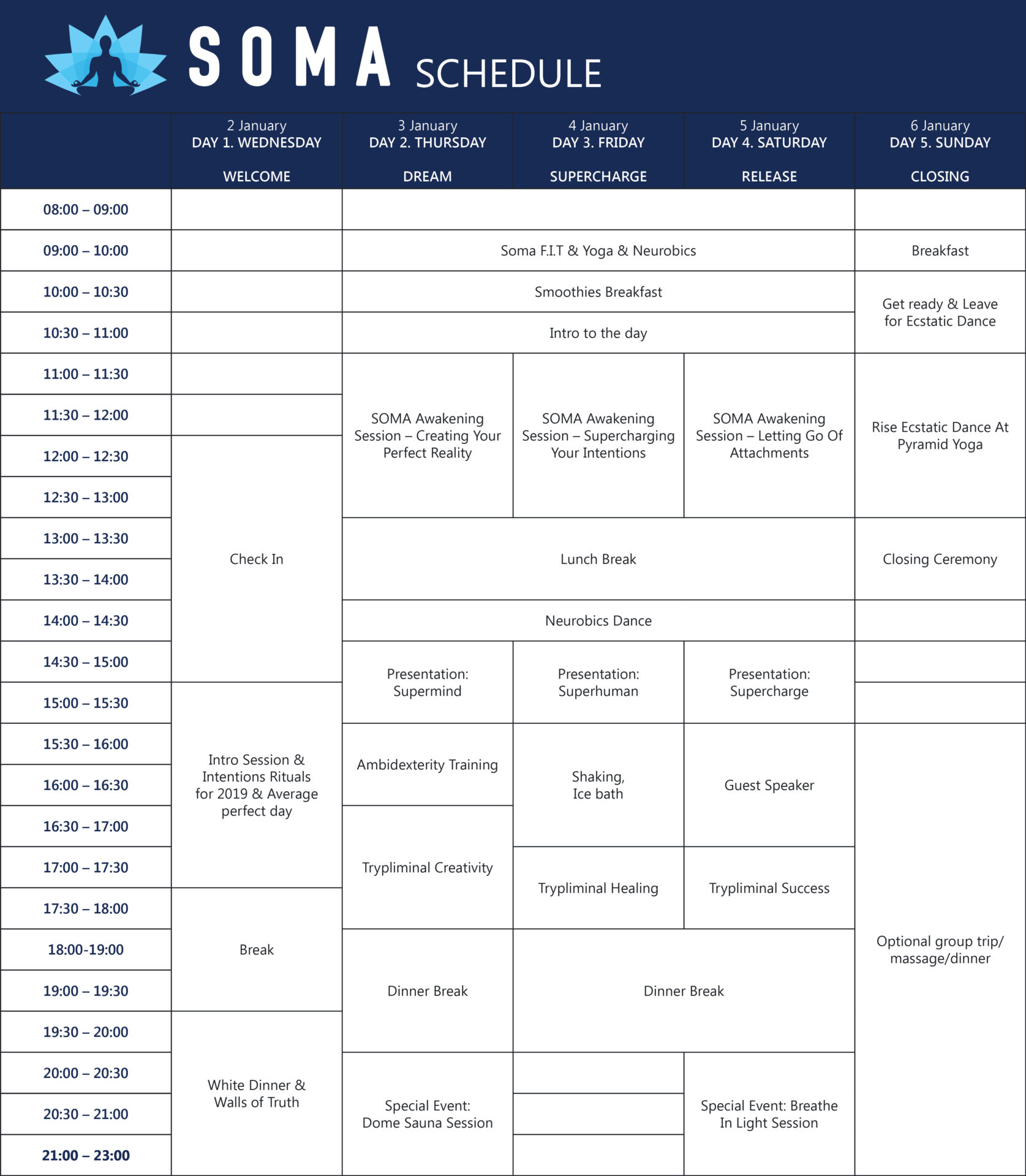In our 24/7 culture this is the easiest part of a healthy lifestyle to skip. However, there is an overwhelming body of evidence that indicates that stress is a major factor in many illnesses including some cancers and particularly in heart disease. Take time out – no matter how busy your schedule – for some relaxation.
The breath is a great indicator of your stress levels. As stress rises the body changes our breathing patterns.
Before you get out of bed tomorrow just sit up and observe your breathing. You are checking these few things:
How Does Your Body Move As You Breathe?
Place your hands over your abdomen and check its movement.
Is it moving out or in on the inhalation?
Can you feel the movement in your ribs?
Can you feel it in your chest?
Are your shoulders moving as you breathe?
Sit Quietly. Count Your Breath.
For how many seconds do you breathe in?
How many seconds does the exhalation take?
Is there any pause between breaths?
Observe this without altering your breathing pattern at all.
Once you have this knowledge you have the key to unlocking tension from your body and releasing it. It will also allow you to maximise the absorption of oxygen into the cells of the body, revitalising body and mind. Spending just a couple of minutes on your breathing twice a day will be like giving yourself a vacation each time!
How Should You Breathe?
As you breathe in, your abdomen should expand as the diaphragm – a big dome-shaped muscle that sits under the lungs – moves to make space in the lungs for air.
If your diaphragm moves inwards on your exhalation, cardiologists call this “paradoxical breathing”. It is the first thing you will begin to change with this daily practise. If you are a paradoxical breather you will have noticed that your shoulders move and engage with each breath, making your breathing shallow. It will take a bit of practice but it’s one of the most worthwhile things you can do for your health.
Unless you are a paradoxical breather, the movements in your body are unique to you and just fine as they are. Just let it flow naturally.
Transforming The Breath
To change paradoxical breathing, never try to push your stomach out – you will just be creating more tension and not improving your breath at all. Instead, try this:
- Sit on a chair so your thighs are parallel to the ground and your feet are on the floor.
- Lean forward and place your elbows on your thighs resting your hands on the opposite arm.
- Drop your head forward and relax your shoulders.
- Become aware of your lower back as you breathe: feel the muscles in your lower back expanding outward as you breathe in and sinking back down as you breath out.
- Feel as if it is thought that is directing your breath to your lower back.
Just a few weeks of doing this daily will relax the abdomen and it will engage differently with your breath – allowing for the movement of the diaphragm muscle.
If, when you counted your breath, you discovered that your inhalation is as long as your exhalation, or that your inhalation lasts longer than your exhalation, you are hyperventilating!
Hyperventilation has been proven to cause a host of problems including muscle spasms, gastric problems, IBS, migraines, irritable cough, palpitations, dizziness, shortness of breath, tension and anxiety – and these are just a few of the symptoms!
You can only change this slowly. The following exercise practiced daily will slowly alter your ratio of inhalation and exhalation and take you to a more healthy rhythm of breathing. In this rhythm your exhalation will be longer than your inhalation. This will slightly elevate the levels of carbon dioxide in your blood – which is absolutely necessary for the absorption of oxygen by the cells of your body as it is carbon dioxide that releases the oxygen from the red blood cells.
Did you know the body has no monitoring mechanism for oxygen? It knows it is vital for its survival and cells simply die without it. But in the base of your brain there is a highly sensitive monitoring mechanism for your level of carbon dioxide as it knows this gas must be maintained at an optimum level for oxygenation of cells. If this level drops it will start to change your breathing rhythms itself to try and raise it.
By doing this exercise you will create a relaxation response throughout your body.
- Sit in an upright posture, preferably in which your back feels supported.
- Ensure you have a clock near you that you can hear ticking.
- Breathe out and then breathe in for the count of four seconds.
- Immediately begin to breathe out and continue breathing out for the count of 6 seconds.
- See if you can hold your breath out for the count of 2 seconds.
Continue this for about two weeks and then increase the exhalation by two – so that you are breathing our for eight seconds. Continue this practice for a few more weeks, doing it at least twice daily for two minutes at a time. Then check your breathing one morning and you’ll find the exhalation has begun to increase by just one or two counts – you will know you are on your way to full breathing and your body is drinking up that oxygen.
As you transform the way you breathe and your body begins to absorb more oxygen, you will feel the benefits as muscles relax and the entire nervous system returns to balance.
This post was originally written by Swami Ambikananda of the Traditional Yoga Association for The Renegade Pharmacist Blog.

